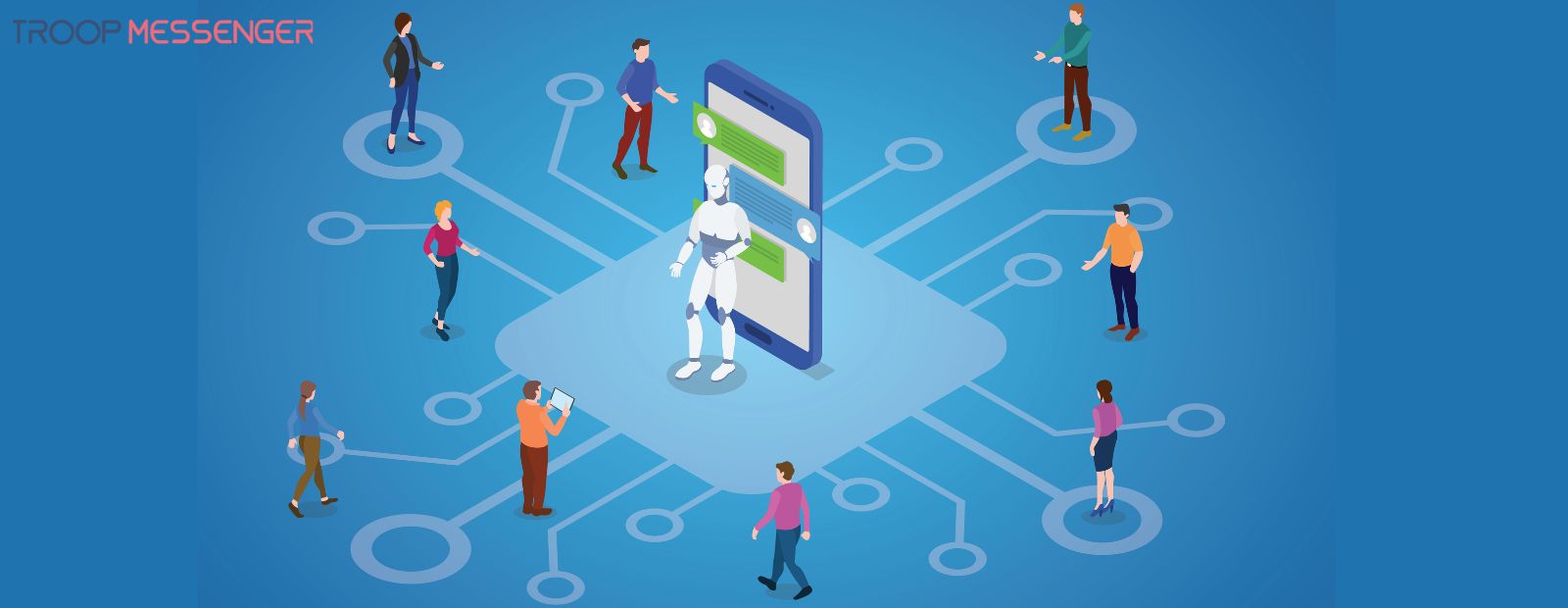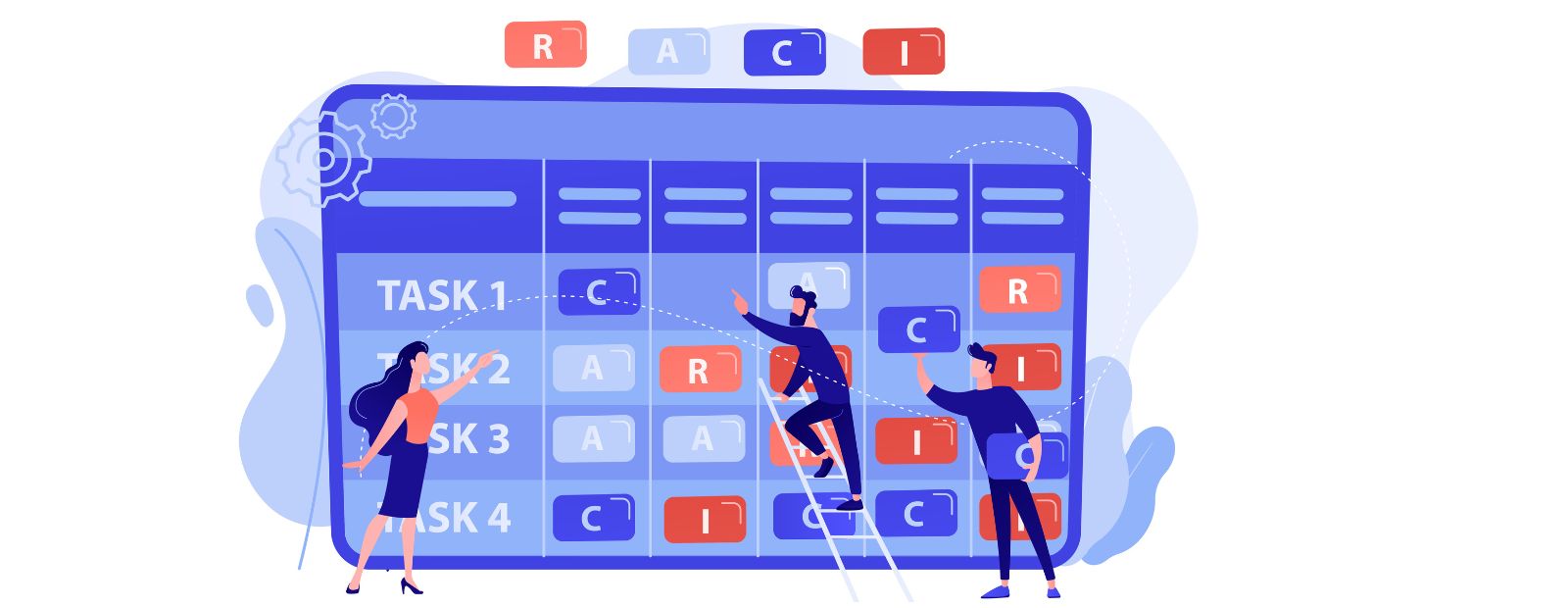Connect with us

From AI to Remote Security: 5 Tools That Future-Proof Team Messaging
By 2025, over 70% professionals will work remotely at least part-time, and most of them use digital collaboration tools and communication platforms to navigate their work every day.
However, managing a remote or hybrid workforce has gotten more challenging, thanks to rising cyber threats and the promise and perils of quantum computing and AI, and future-proofing your team’s messaging strategy and ecosystem.
Owing to these developments, the global market for collaboration software reached $6.56 billion in 2023, growing at a cumulative annual rate of 13.1%. It has never been a better time for organizations to find a robust communication tool that boosts collaboration and helps them manage and scale operations.
5 Core Collaboration Tools Every Modern Team Needs
In a modern, digital world, your business must be more agile and open to implementing tools that help it adapt and navigate evolving technological development. For remote and hybrid teams, two of the most persistent challenges are limited collaboration and a lack of network or software security.
With that in mind, let us look at some of the tools you can leverage to boost communication, collaboration, and security in your organization:
1 AI-Powered Productivity and Smart Messaging
AI is the word of this decade, and modern messaging platforms are already integrating the technology to drive better performance by automating tasks using ML and NLP. As the integration of generative AI in collaboration tools grew from 33% in 2023 to 71% in 2025, companies are now focusing on ways to seamlessly humanize AI-generated output, enhance search, and facilitate multilingual collaborations among team members.
With AI-suggested smart replies to establish contextual relevance in communication, the response times for routine messages have drastically dropped. For example, the Quick Response Panel offered by Troop Messenger can help users optimize, manage, and expedite team communications like never before.
What’s more, messaging apps today can help you fetch the important action items from long group chat threads, and even facilitate real-time translation to boost collaboration across global offices.
2 Quantum-Resistant Security Protocols
While encrypted messaging reassures customers of their data security and privacy, quantum computing could soon break the widely used encryption methods. Forward-thinking messaging platforms are already implementing post-quantum cryptographic algorithms to offer protection that is resilient to the immense processing power of quantum computers.
Post-quantum cryptographic methods like Kyber and Dilithium are becoming increasingly popular, and Apple’s iMessage deploys PQ3, implementing a secure post-quantum protocol. Breaches in sectors like healthcare, finance, and government face dire decade-long consequences of security breaches, such as “harvest now, decrypt later” attacks, making it important to explore and implement quantum security solutions and protocols.
3 Advanced Security Features & End-to-End Encryption
Most modern messaging tools and platforms protect sensitive messages and data from interception or leaks with military-grade encryption and multi-factor authentication. This is important because, according to a study conducted by SAS, users are more concerned about their data privacy than they were before. End-to-end encryption is just the starting point and your first line of defense against a wide range of security threats.
Some of the robust messaging platforms offer role-based access controls that help you grant custom roles to each collaborator. You can also restrict messaging to limit the risk of unauthorized sharing and protect the most sensitive information. Opt for on-premise hosting and retain full control over data storage, thus fulfilling your compliance needs.
Invest in user training to minimize human-related risks and implement configurable access controls to decrease authentication risks.
4 Custom Integrations and API-First Platforms
Most API-first messaging platforms and rich integration ecosystems can establish seamless communication and connection between your messaging tool and other apps in your business’s tech stack. The more integrated your messaging app, the better your overall tech ecosystem.
Some of these tools also help you automate workflows by connecting with ticketing systems or scheduling apps. Making key data available can help you reduce app sprawl and context switching significantly. Not to forget, companies that integrate messaging with critical business apps can reduce project cycle times.
Choose platforms that advertise open APIs and support for leading SaaS apps, along with easy extensions.
5 Increased Globalization & Accessibility in Collaborations
While globalization offers several opportunities and challenges for teams and companies across the world, effective messaging platforms can combat these challenges with the help of:
- Real-time multi-language translation of conversations and documents that create a borderless work environment.
- Universal platform access by support for major operating systems, devices, and network environments so that teams can always stay connected.
- Accessibility features include text-to-speech, contrast modes, adjustable font sizes, and keyboard navigation.
- Culturally inclusive UX that can automatically adapt to regional standards and language preferences.
Assess the messaging tool you choose for multi-language support and accessibility certifications to enable frictionless onboarding and empower a diverse workforce of top talents across geographies.
Why Future-Proofing Team Messaging is So Important?
Communication has always played a pivotal role in the success of any organization, and this will always be the case, especially with highly globalized workforces and teams. What’s more important is to ensure that the tools and strategies you have in place are aligned with securing the future of your organization and help adapt to an evolving technological landscape.
With that in mind, here are some of the advantages you must keep in mind when wanting to future-proof team messaging:
1.Remote & Hybrid Work as the New Normal
With increasingly distributed and remote teams, issues such as communication gaps and delays can result in significant losses. Integrating a reliable remote support solution with messaging platforms helps minimize downtime and resolve technical bottlenecks in real time. Not to forget, delays in making critical decisions or increasingly fragmented communication can deplete an organization’s productivity and morale.
A McKinsey study points out that establishing effective communication can boost employee productivity by 25%. Most modern messaging apps support quick information retrieval and multi-device access to ensure your business operations remain agile and teamwork seamless.
2.Adapting to Change
When COVID-19 hit the world, organizations with flexible and robust communication systems were better equipped to adapt and maintain operational continuity. Moreover, while most companies were dealing with market disruptions, organizations with an organized communication strategy gained a competitive advantage.
As technologies and security threats evolve, future-proofing will help ensure that you won’t get left behind, especially when dealing with a remote workforce. Moreover, organizations that adapt and are digitally fluent can weather disruption and perform consistently well.
3.Escalating Security and Compliance Risks
With sensitive data getting shared and exchanged on digital communication channels, messaging applications are easy targets for cybercriminals. The regulatory requirements for a typical messaging app, such as HIPAA and GDPR, can be quite extensive, and the consequences of a security breach, such as financial loss, regulatory penalties, and reputational damage, are severe. No wonder quantum-resistant security and end-to-end encryption are becoming a part of the new normal.
Concluding Remarks
When you are building a future-proof messaging stack for your business, your priority should be to leverage the most recent technologies without compromising reliability. To do so, you must invest in features to keep your workforce agile in the face of regulatory, cultural, and technological shifts. The most resilient organizations have already started investing in systems that can easily adapt and protect so that you can build powerful teams without geographical limitations.








